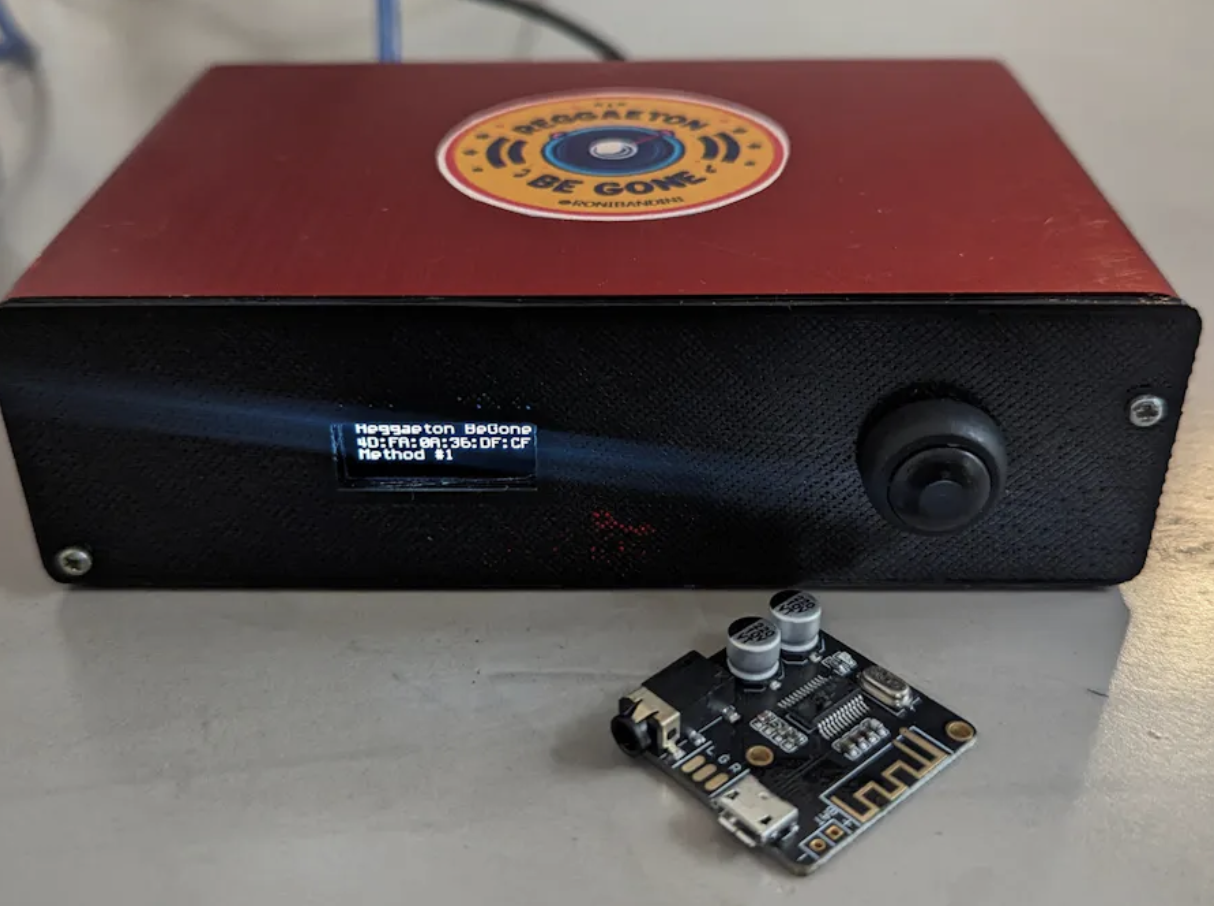If you're tired of loud music from your neighbours during inappropriate hours, and by a stroke of luck, you happen to be tech-savvy, just do what Roni Bandini did: block their music with Raspberry Pi.
This story might read like an episode from a comedy movie when a nerdy guy, instead of talking to annoying neighbours directly, turns off their electricity with two lines of a computer code.
But life imitates art, and Roni Bandini, a Hackster user, made this comedy episode a reality.
“Consider this scenario: Your wall-to-wall neighbor loves to blast Reggaeton music at full volume through a Bluetooth speaker every morning at 9 am. You have two options: A. Knock on their door and politely ask them to lower the volume. B. Build an AI device that can handle the situation more creatively,” he shares on Hackster.
Roni clearly chose option B and created Reggaeton Be Gone, an AI-powered device that "monitors room audio, identifies the Reggaeton genre with machine learning, and triggers comm requests and packets to the Bluetooth speaker with the high goal of disabling it or at least disturbing the sound so much that the neighbour won't have other option that turn it off."

On his Hackster page, Roni shares the full instructions on how to create a similar tool, so if you’re facing the same problem as Roni, check it (and make sure to follow him). Disclaimer, though: While this endeavour was crafted more for giggles than grandeur, do mind your local laws before doing the same.
The thorny path to calm reggaeton-free mornings required Raspberry Pi 3, Python knowledge, and ML training skills, among others. “There are several music genre AI classification datasets and models like GTZAN but I did not find a reggaeton category, so I had to train my own model.
“I did download several songs of reggaeton and other genres, I did export to 16khz wav, upload the wavs to Edge Impulse platform. Then used Times Series 4000ms window size, MFE processing, Classification as the learning block. I did deploy for Linux ARM, then exported the eim file, placed into the Raspberry and changed permissions to 744. You can train your own model or wait since I will publish mine soon,” explains Roni.
And clearly, this is just the beginning since Roni wants to upgrade his device. "For a future version it would be nice to have an external BT board with antenna and to include the MAC scan and selection," Roni says.
🎨 You may also like:











